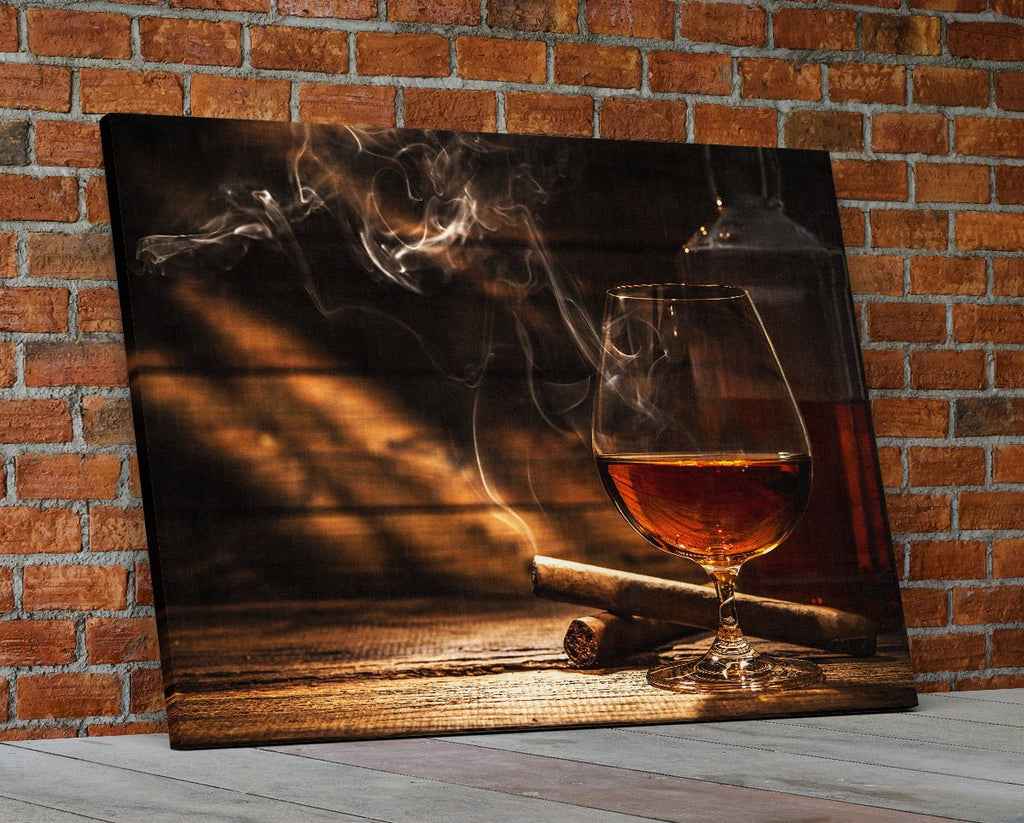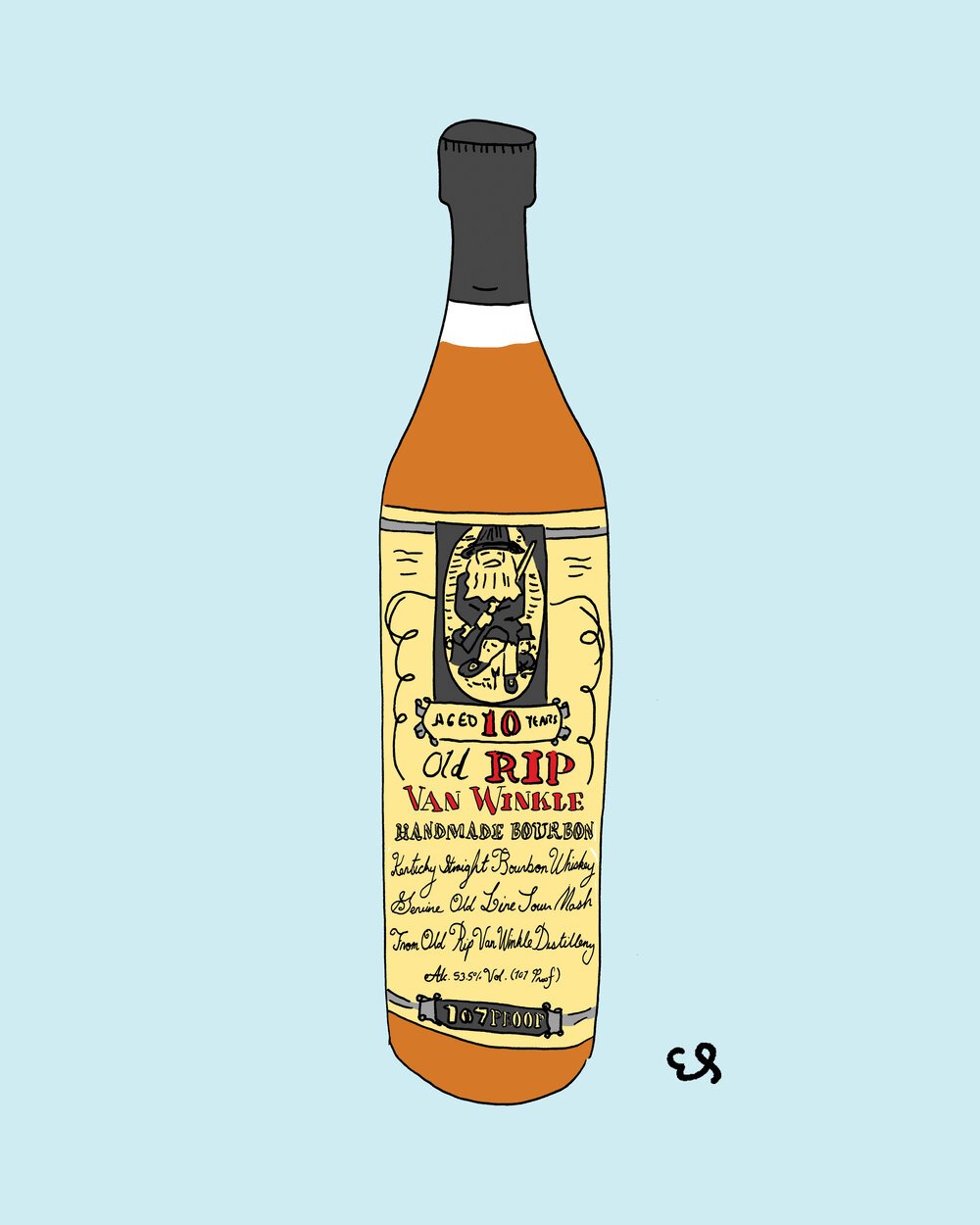The Significance of Whiskey Art in Celebrating Heritage and Craftsmanship in the Beverage Sector
The elaborate relationship between bourbon art and the event of heritage and workmanship within the drink market can not be overstated. With thoughtfully created tags and bottles, bourbon brands encapsulate their historical roots and the artisanal abilities that define their manufacturing techniques. This creative measurement not just enhances market appeal but likewise acts as a conduit for cultural narration, fostering a deeper connection between the craft and the consumer. As we explore the numerous facets of this topic, intriguing questions regarding the effect of modern-day trends on conventional methods arise, motivating more exam.
The Historical Origins of Whiskey
At the heart of bourbon's attraction lies an abundant tapestry of historic roots that trace back to ancient people. The origins of bourbon can be connected to the purification techniques of the Sumerians and Babylonians around 2000 BCE, where early types of fermented grain beverages started to arise. It was in the Center Ages that the art of purification advanced substantially, particularly in Ireland and Scotland, leading to the creation of whiskey as we recognize it today.
The term "whiskey" itself obtains from the Gaelic word "uisce beatha," implying "water of life." This expression emphasizes the social value of whiskey in Celtic societies, where it was frequently connected with rituals, parties, and public bonding. By the 15th century, distillation became an identified craft within reclusive communities, leading the method for the establishment of lawful distilleries.
As trade paths increased, bourbon's popularity expanded, transcending local limits and recording the passion of connoisseurs worldwide. Whiskey Art. This historical trip reflects not only the craftsmanship behind bourbon manufacturing however also its essential duty in cultural and social contexts, noting it as a significant beverage throughout history
Artistic Expression in Branding
Whiskey branding stands as a compelling crossway of artistry and business, where aesthetic identity plays a critical duty fit consumer perception. The aesthetics of bourbon tags, packaging, and advertising materials mirror not only the brand's tale however likewise its core values and heritage. Through creative expression, distilleries convey a story that resonates with consumers, stimulating feelings and stimulating connections.
Using shade, typography, and images in branding offers to separate products in a saturated market. Traditional themes might evoke a sense of authenticity and craftsmanship, while modern-day styles can represent technology and forward-thinking. This strategic artistic instructions enhances brand recognition and loyalty, enabling consumers to build an individual partnership with the scotch they select.
In addition, artistic expression in branding typically offers as a party of local heritage. Distilleries frequently incorporate neighborhood icons or historic recommendations into their layouts, developing a sense of area that welcomes customers to take part in a broader social experience. Eventually, the artistry behind whiskey branding not only enhances visual appeal but additionally improves the total story of the brand name, cultivating a much deeper admiration for the craftsmanship and heritage ingrained in each container.
Workmanship in Container Style
The artistry noticeable in whiskey branding prolongs past aesthetic identification to encompass the workmanship entailed in container design. Each container works as a vessel not simply for the spirit within, yet also for the story it tells concerning its quality, practice, and beginning. The design procedure calls for careful attention to information, as components such as product, closure, and form contribute substantially to the total assumption of the whiskey.
Workmanship in bottle layout involves selecting top quality glass that can enhance the bourbon's color and quality, while additionally supplying a responsive experience for the customer. The shape of the bottle should be both visually appealing and functional, frequently reflecting the heritage of the brand. Many distilleries choose special forms or embossed logo designs that evoke a sense of authenticity and history.
Furthermore, the label layout and typography play a critical duty in interacting the brand name's narrative. Limited Edition. A well-crafted container not only mesmerizes the consumer's eye yet additionally enhances the brand name's dedication to high quality and practice. This way, the craftsmanship of bottle style comes to be a vital facet of the scotch experience, merging virtuosity with a profound respect for heritage
Social Importance of Whiskey Art
Celebrating practice and craftsmanship, the social significance of bourbon art goes beyond simple appearances, linking with the historical and social stories of the areas where it originates. Each bottle functions as a canvas, illustrating the special tales, folklore, and practices that have formed regional whiskey-making methods. The detailed designs usually mirror the heritage of the distillers, incorporating symbols and themes that reverberate with the culture and worths of their areas.

Additionally, bourbon art plays a vital function in public gatherings and events, acting as a substantial web link in between individuals and their shared experiences. By appreciating the artistry in bourbon packaging, customers cultivate a deeper understanding and respect for the craft, eventually improving their pleasure of the beverage itself.
Modern Trends in Whiskey Presentation
Recently, the presentation of whiskey has evolved to reflect modern tastes and patterns while still recognizing typical craftsmanship - Bourbon Art. Distilleries are significantly focusing on aesthetic aspects that improve the total alcohol consumption experience, connecting the void in between heritage and modernity
Ingenious bottle styles have arised, often including lasting materials and artistic tags that inform compelling tales. Many brands now team up with local artists, infusing their products with special visual expressions that resonate with consumers. Additionally, limited-edition releases are commonly packaged in collectible containers, adding worth and appeal for connoisseurs.

Final Thought
In verdict, bourbon art functions as a vital imp source conduit for revealing the heritage and workmanship fundamental in the drink market. With detailed branding, cutting-edge container layouts, and culturally significant imaginative aspects, scotch brands successfully recognize their traditions and get in touch with customers. This artistic narrative not only boosts the admiration of bourbon but also enhances community identification and satisfaction among producers. Ultimately, bourbon art plays an important function in preserving and celebrating the rich social tapestry of whiskey-making.


Craftsmanship in bottle design involves choosing top quality glass that can improve the scotch's color and quality, while likewise giving a responsive experience for the customer. In this means, straight from the source the workmanship of container layout ends up being a crucial aspect of the bourbon experience, combining creativity with a profound respect for heritage.
In verdict, scotch art offers as a crucial avenue for sharing the heritage and workmanship intrinsic in the beverage market.